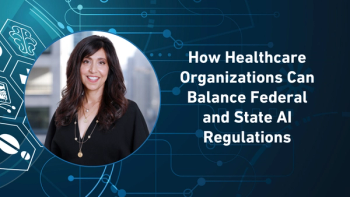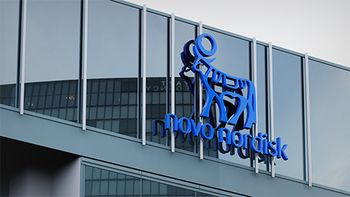
- Pharmaceutical Commerce - May/June 2017
Health plan managers seek more information on drug utilization
EMD Serono Specialty Digest finds they struggle over 'ensuring clinically appropriate use'
EMD Serono’s Specialty Digest polls health plan managers (this year: 58 plans representing 173 million lives) on their challenges, accomplishments and opportunities in managing the use of specialty drugs among their ensured lives. Besides growing dramatically (specialty products now represent 20% of the US’ drug spend), specialties are driving the growth of the specialty pharmacy channel and transforming industry’s market access practices.
This year, the Digest’s polling finds that ensuring clinically appropriate use and managing the cost and services for oncology are the top challenges. Further examination shows that 48% of plan managers believe that their clinical use review has been their most successful action; but only 3% say that their control of oncology spending has been a top success.
EMD Serono identifies four categories of benefit management by payers: network management and reimbursement; utilization and clinical management; benefit design; and distribution and ancillary services. Network management is complicated by the fact that 45% of reimbursements are fulfilled as a medical, rather than pharmaceutical benefit. Networks include outpatient hospital services, but 53% plan managers say that these hospitals’ pricing is not competitive, and 48% of respondents include a ‘site of care redirection’ program to control the medical benefit costs.
On the utilization/clinical front, 16% of plans now have at least one outcomes-based contract with a drug manufacturer, and an additional 26% expect to have such contracts in the next year. Among therapies, those for inflammatory conditions were the one with the highest number of outcomes-based contracts currently or within the next 12 months.
For distribution and dispensing, 50% of plans use multiple SPs, differentiating among therapy classes to get the best service for each class. Across the board, respondents rated quality of services a few fractions higher than last year, with successful dispensing being rated the top-quality service (4.1 on a 1-to-5 scale) . While 66% of plans do their own internal reporting on pharmacy beneft data, 83% do their own for medical benefit data, indicating a lack of satisfaction with the quality of reporting from SPs and other external providers.
On benefit design, a slightly higher percentage of plans (25%) require coinsurance payments from patients, as compared to 22% in 2015 (mean average).
The EMD Serono Specialty Digest is available at http://www.specialtydigest.emdserono.com.
Articles in this issue
over 8 years ago
The sales rep study I’d like to seeover 8 years ago
Survey tracks evolving health economics function in pharmaover 8 years ago
Is your corporate board equipped to monitor incentive programs?over 8 years ago
2017 Product Security Reportover 8 years ago
Compliance Package of the Year goes to Merck’s Zepatierover 8 years ago
How cloud-based IT systems address FDA validation requirementsover 8 years ago
Future look: The Impact of Biosimilars on Oncologyover 8 years ago
New science energizes the cancer marketover 8 years ago
A Conversation with John Chiminski, CatalentNewsletter
Stay ahead in the life sciences industry with Pharmaceutical Commerce, the latest news, trends, and strategies in drug distribution, commercialization, and market access.





